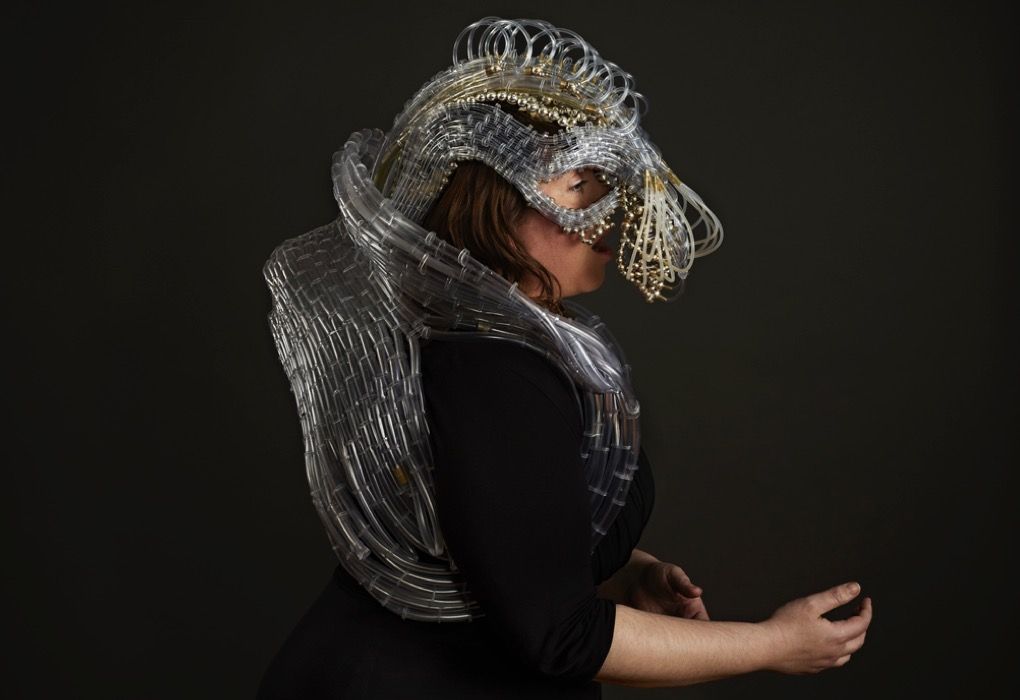The Algae Opera is a performance art piece in the guise of an avant-garde micro-opera. It is sung in Ancient Japanese and uses vocal extended technique to build the sound world. It seeks to explore sustainability, future food and the future of song by shifting reality to the age of biotechnology and reimagining the opera house as a manufacturer of algae.
It explores new rituals of eating that “create alternative relationships with the ‘producer’ and enhance the sensory experience of eating.” (BurtonNitta)
Taking inspiration from the Japanese Tea Ceremony, The Algae Opera is a vocal ritual focused on breath as “breath is a fundamental connection between singer and algae… We revisited traditional singing techniques to make explicit the role of breath and breath control in them, the impact on tone colour and stamina, for example, seeking to explore ‘fragility’ as much as ‘strength’” (Matt Rogers)
This means that the algae opera singer is part storyteller, part farmer. The singer’s choices are filtered through three needs:
Pitch to flavour the algae
The art and science of selecting pitch and timbre to provide a bitter or sweet flavour.
Breath to grow the algae
The manufacturing formula is: the more breath is heard = the more algae will grow.
Therefore, unlike classical technique, breath is taken to a point of collapse, and simultaneous onset is no longer the standard onset, rather it is blended with aeriated onset (breath first then vibration) and vocal extended technique (unconventional singing methods to make new sounds) to create more opportunity for breath.
Share the story
Pitch and breath are also storytelling tools used to create an emotional journey for the audience.
Credits:
The Algae Opera received its world premiere at the V&A in 2012.
To find out more about the vocal process of The Algae Opera, click here.
Concept: BurtonNitta
Composer: Matt Rogers





